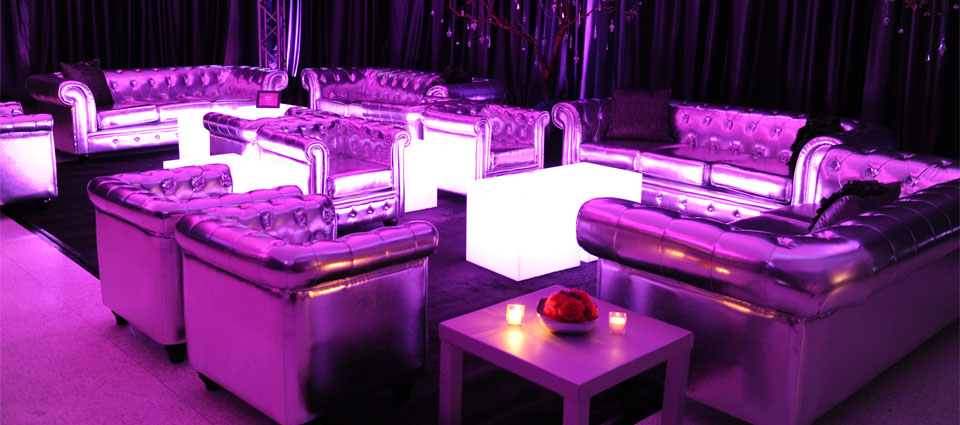Mastering the Art of Flawless Video Mapping on Arched LED Walls for Stunning Graphic Experiences
Mastering the Art of Flawless Video Mapping on Arched LED Walls for Stunning Graphic Experiences
Blog Article
Video projection is an innovative technique that allows visuals and footage to be displayed onto areas, creating breathtaking visual experiences. When it comes to rounded areas, mastering this craft can be a bit more difficult than casting onto flat planes. Curved surfaces can include anything from the facades of buildings to art pieces and even platforms. Grasping how to effectively project footage onto these forms is crucial for artists, designers, and occasion organizers who want to develop immersive settings that enthrall audiences.
The first phase in video mapping on rounded surfaces is to comprehend the shape of the surface. Curved areas can be intricate, with different degrees of bend. To achieve a seamless display, it is vital to create a 3D representation of the area. This representation helps in visualizing how the video will look when projected. Software tools are accessible that allow users to create these representations and mimic the display. By precisely mapping the measurements and shapes of the surface, creators can ensure that the footage matches perfectly without warping.
Once the 3D model is ready, the following phase is to edit the footage content. This involves editing the video to fit the particular form and size of the curved surface. It is essential to take into account the perspectives and sightlines from which the audience will view the projection. The content should be designed to enhance the visual encounter, making it engaging and relevant to the concept of the occasion or setup. Using high-quality visuals and motion graphics can greatly enhance the overall impact of the display.
After editing the content, the real display process begins. This includes placing up the devices at the appropriate angles and spaces to guarantee that the video aligns with the 3D representation. Adjustment is a crucial part of this process. It may require adjusting the luminosity, differentiation, and focus of the projectors to obtain the best outcomes. Additionally, using several devices may be necessary to cover bigger or more intricate surfaces. This method, known as edge blending, helps create a see post continuous visual across the entire area.
Finally, testing the projection is crucial before the final presentation. This enables creators to make any necessary modifications to the footage and device configurations. It is also an chance to see how the viewers will experience the projection from various perspectives. By ensuring that the footage projection is flawless, designers can provide a stunning visual encounter that leaves a lasting impression. Mastering footage mapping on rounded surfaces not only improves creative expression but also creates new opportunities for storytelling and audience interaction in various environments.